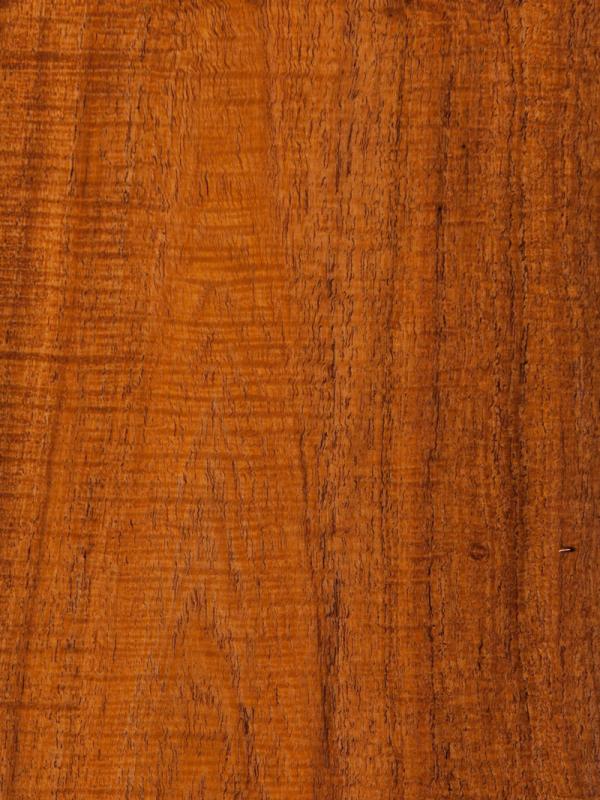
Family: Prosopis and the Fabaceae (legume or bean) Family.
Origin: Native to South America including Argentina, Bolivia, Brazil, Paraguay and Uruguay.
Common Names: Black Mesquite
Tree Characteristics: Mesquites grow as a small shrub in shallow soil or as tall as 50 feet in deep soil with adequate moisture and forms a canopy nearly as wide. The average size of the trunk is 1.3ft to 4ft in diameter. Mesquites have bipinnate leaflets of a light green to blue hue that cast a light to deep shade. Spikes of flowers form in the spring and summer that form a flat pod of beans 2 to 6 inches long. Many grow thorns. When cut to the ground a mesquite tree can often recover.
Appearance: Heartwood tends to be medium to chocolate brown without any distinct grain patterns or growth rings. Black Mesquite is similar in tone to Black Walnut. The color of the wood tends to darken with age. Sapwood is yellow/tan in color.
Density: Average reported specific gravity ranges from .67 to .83. Janka Hardness is 1,940 pounds of force.
Dry and Shrinkage: Weighing 45 pounds per cubic foot dry, it’s as heavy as hickory and as strong, but even harder. Mesquite is dimensionally stable. Average reported shrinkage values: 2.6% radial, 3.5% tangential. 8.5% volumetric.
Working Properties: Mesquite that is clear & free from defects is easy to work with hand and machine tools, but irregular grain or knots can be challenging. Always predrill mesquite for nails and screws because of its hardness and density. Working properties are largely dictated by the quality of the wood itself. Accepts stain well.
Durability: Black Mesquite is considered durable to very durable regarding decay resistance, though it is susceptible to insect attack.
Uses: Black mesquite is used for making furniture, barrels, flooring, and turned objects. Also used in boat building, knife handles, and for premium gunstocks. This wood glues, turns, and finishes well.
Availability: Black Mesquite is not widely used outside of its native range.